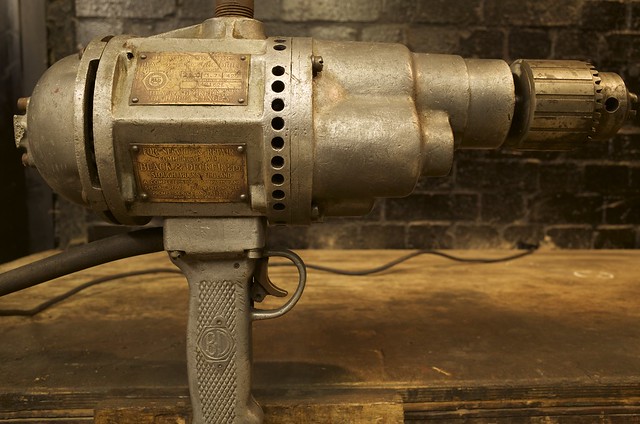Rhyolith
Established Member
Like many people on here I own a lot of very old tools, many over 100 years in age. They are beautiful, often irreplaceable and regularly out perform their equivalents in todays world (or are no longer made at all).
Something I keep dithering over is what my responsibility is with these glorious antiques: Do I preserve them for future generations or use them as their makers intended? Both of these courses of action have their merits. Preserving antique is a no brainer regardless, but tools are made to be used and using a tool it inevitably going to wear it down in some manner; and of course there is the ever present danger of a clumsy moment! So is it less selfish to not use them at all and thus ensure they are totally preserved for future generations to appreciate?
What do people think? Use or Preserve?
Note: I am only really talking about the old and really exceptional items. The Millers Falls No.87 here is an example:
 Millers Falls No.87 by Rhyolith, on Flickr
Millers Falls No.87 by Rhyolith, on Flickr
Something I keep dithering over is what my responsibility is with these glorious antiques: Do I preserve them for future generations or use them as their makers intended? Both of these courses of action have their merits. Preserving antique is a no brainer regardless, but tools are made to be used and using a tool it inevitably going to wear it down in some manner; and of course there is the ever present danger of a clumsy moment! So is it less selfish to not use them at all and thus ensure they are totally preserved for future generations to appreciate?
What do people think? Use or Preserve?
Note: I am only really talking about the old and really exceptional items. The Millers Falls No.87 here is an example:
 Millers Falls No.87 by Rhyolith, on Flickr
Millers Falls No.87 by Rhyolith, on Flickr

































